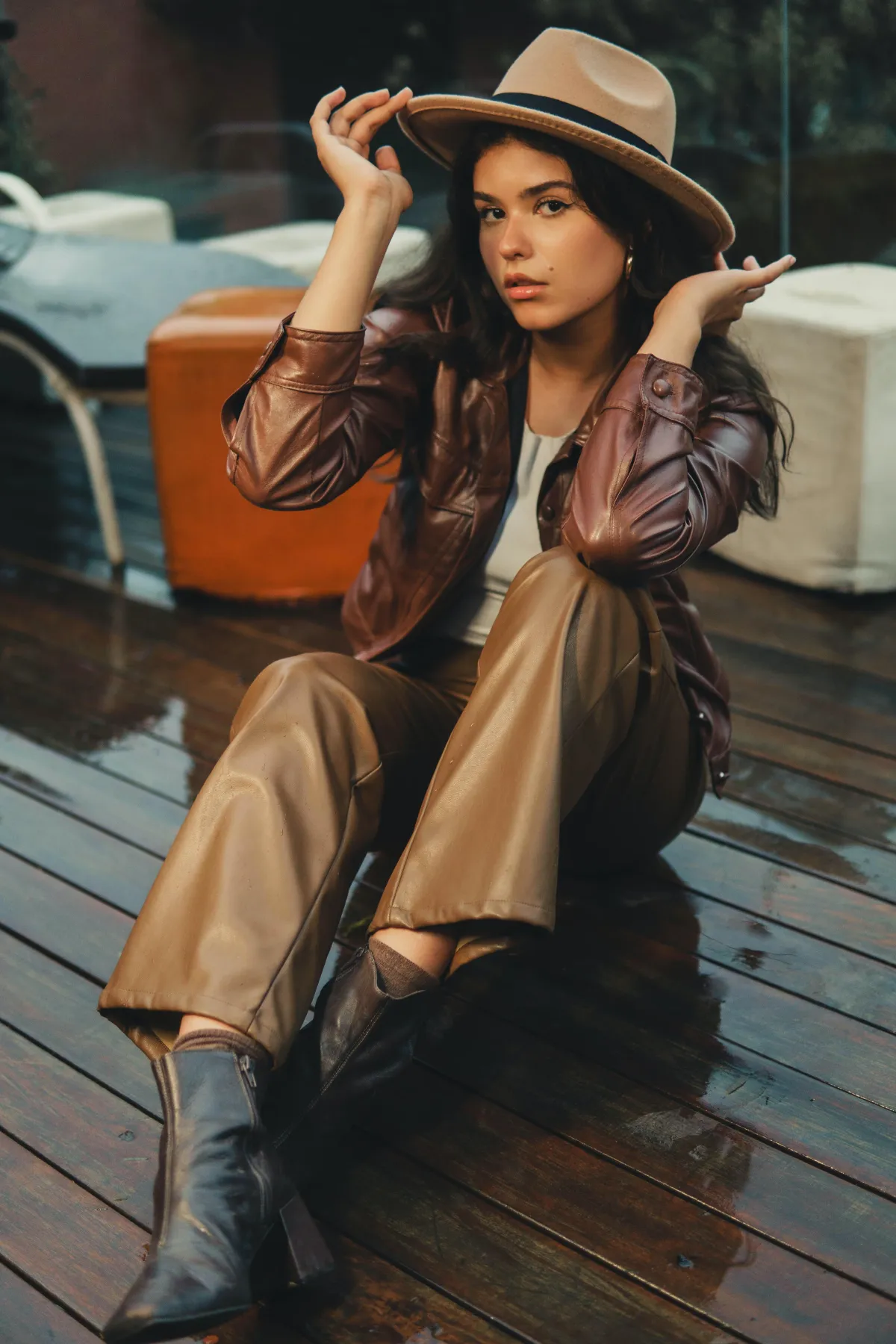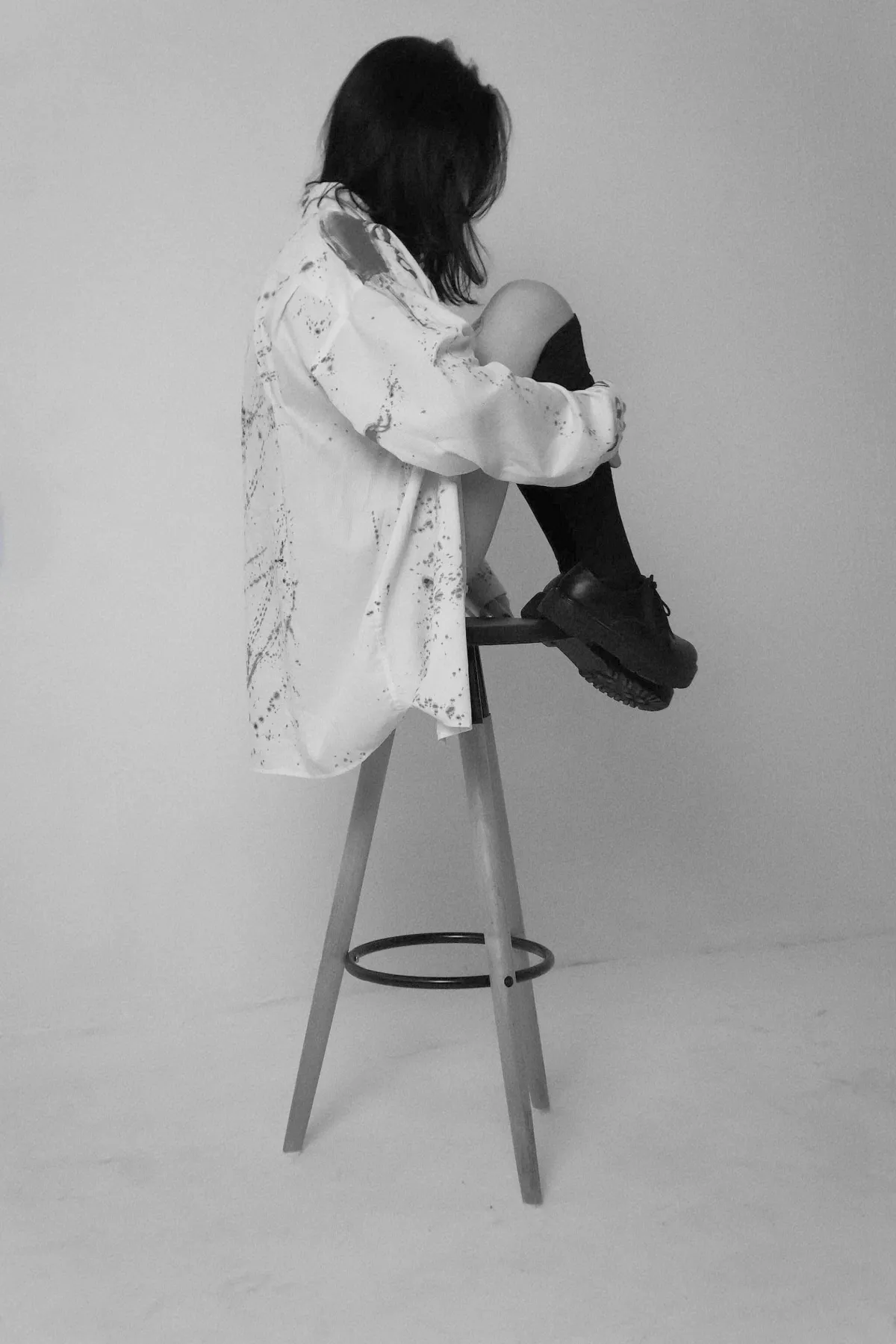Embrace your inner
Wonderess
Female Empowerment
Wonderess is designed for women who are looking for inspiration and guidance on how to live a free-spirited and empowered life.
Fashion & Sustainability
At Wondress, we believe that every woman is unique and has her own sense of style and personality. Our mission is to inspire and empower women to embrace their individuality and live their best lives.
Physical & Mental Health
Our content is designed to inspire and empower women to embrace their individuality and live their best lives. Join our community today and discover the wonder of being you!

Who We Are
Welcome to Wondress, a blog that celebrates the free-spirited woman who loves to express herself through fashion, lifestyle, health, and beauty. At Wondress, we believe that every woman is unique and has her own sense of style and personality. Our mission is to inspire and empower women to embrace their individuality and live their best lives.
Our blog covers a range of topics, including fashion trends, beauty tips, healthy living, and lifestyle. Whether you're looking for fashion inspiration, tips on living a healthy lifestyle, or beauty advice, Wondress has got you covered. Our content is designed to help you feel confident, empowered, and inspired to be your best self.
- Wonderess
"Embrace your inner Wonderess."
Our Latest Posts

Sustainable Fashion in 2025: The Evolution of Eco-Friendly Trends
The world of fashion is undergoing a dramatic transformation as sustainability becomes the driving force behind many trends in 2025. As consumers grow more aware of the impact their purchasing decisions have on the environment, the demand for eco-friendly and ethically made clothing continues to rise. This shift is prompting designers, brands, and manufacturers to rethink how they produce and distribute fashion. The result is a movement that not only embraces green practices but also incorporates new technologies and innovative designs that challenge traditional norms.
New Materials: A More Sustainable Future
The future of sustainable fashion relies heavily on the materials used to create clothing. In 2025, expect to see an increased use of biodegradable fabrics, innovative textiles made from recycled materials, and plant-based alternatives to leather. Brands are experimenting with fabrics like mushroom leather, hemp, and organic cotton, which have less of an environmental footprint compared to traditional options. Not only do these materials offer a smaller carbon footprint, but they also create unique textures and aesthetics that appeal to environmentally conscious fashion enthusiasts.
Recycled polyester, made from repurposed plastic bottles, is also becoming a common material in garments, helping to reduce the amount of waste in landfills. With a growing emphasis on upcycling, many brands are using discarded fabrics and old clothing to create new designs, giving materials a second life and reducing the need for virgin resources. These innovations are setting the tone for a future where the fashion industry becomes part of the solution to the waste problem rather than contributing to it.
Circular Fashion: From Production to Consumption
The concept of circular fashion is gaining momentum as a key pillar of sustainable practices in 2025. Rather than the traditional "take, make, dispose" model, circular fashion focuses on creating products that are designed to be reused, repaired, or repurposed. This model helps close the loop in the fashion industry, reducing waste and extending the lifecycle of garments.
Brands are introducing programs that allow consumers to return their old items for recycling or refurbishing. Some companies even offer repair services, ensuring that clothing lasts longer and doesn’t end up in landfills prematurely. Additionally, rental services and second-hand clothing markets are growing in popularity, allowing consumers to enjoy high-quality pieces without the environmental cost of fast fashion. By rethinking the entire lifecycle of clothing, circular fashion is reshaping the way we think about consumption.
Slow Fashion Movement: Fewer, Better Pieces
Fast fashion has long been criticized for its negative impact on the environment, and in 2025, the slow fashion movement is gaining even more traction. Slow fashion encourages consumers to buy fewer, higher-quality pieces that last longer. Instead of constantly chasing trends, people are investing in timeless designs that remain stylish season after season.
This trend also encourages brands to focus on craftsmanship and durability, offering clothing that is built to withstand wear and tear. Consumers are now more focused on quality over quantity, opting for fewer but better-made items that stand the test of time. As the slow fashion movement gains popularity, it encourages a shift in consumer behavior that values longevity over disposable fashion trends.
Transparent and Ethical Practices
In addition to the shift in materials and production methods, transparency is becoming a crucial aspect of sustainability in fashion. Brands that disclose information about their supply chains, labor practices, and sourcing methods are gaining consumer trust. In 2025, expect to see even more brands embracing transparency, providing detailed information about where their materials come from and how their garments are made.
Ethical fashion is also on the rise, with a focus on fair wages, safe working conditions, and ensuring that workers are treated with respect. Many fashion labels are committing to ethical production methods, making sure that every step of the process aligns with their values. The growing consumer demand for ethical practices is prompting more brands to make significant changes in their operations, ensuring that their fashion choices support people and the planet.
Technological Innovations in Sustainable Fashion
Technology is playing a significant role in the evolution of sustainable fashion in 2025. From 3D printing to AI-driven design, the fashion industry is embracing technology to reduce waste and create more sustainable products. 3D printing allows designers to create garments on-demand, reducing overproduction and excess inventory. Additionally, AI is being used to predict fashion trends, ensuring that designs are made based on actual demand rather than guesswork.
Another exciting innovation is the use of digital fashion. Virtual clothing is becoming more mainstream, offering consumers the ability to purchase and wear digital designs in virtual environments without the environmental impact of physical garments. As these technologies continue to evolve, they have the potential to reshape the fashion industry by making it more sustainable, efficient, and mindful of resource usage.
Fashionable and Sustainable Footwear
Sustainable fashion extends beyond clothing to accessories, including footwear. In 2025, stylish, eco-friendly shoes are taking center stage, with brands opting for cruelty-free, biodegradable, and recycled materials to create trendy footwear. Companies like Beckett Simonon are leading the way by offering high-quality shoes made from sustainable materials that don’t compromise on style or comfort. If you're looking for fashionable shoes that align with your eco-conscious values, Beckett Simonon offers a range of options that help you step into the future of footwear.
Redefining Fashion for a Greener Future
The evolution of sustainable fashion in 2025 is more than just a passing trend—it’s a shift in mindset that’s here to stay. With an increasing number of brands adopting eco-friendly practices, consumers have more options than ever to make informed, sustainable choices. Whether it’s through the use of innovative materials, circular fashion models, or ethical labor practices, the fashion industry is gradually moving toward a future where sustainability is not just a buzzword but a standard.
As fashion continues to evolve, it’s clear that sustainability will remain at the forefront of design and production. By choosing eco-friendly fashion options and supporting brands that prioritize the environment, consumers can play an important role in shaping the future of fashion.
One or more of the links above are affiliate links, meaning, at no additional cost to you, we will earn a slight commission if you click through and make a purchase. Each of these products is chosen by a trusted member of our team.


